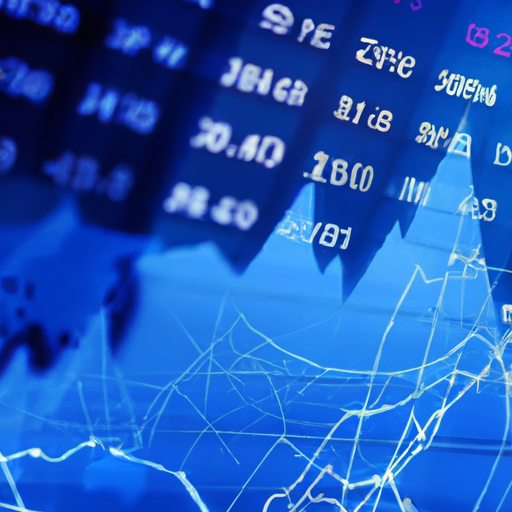Introduction To Automated Trading Strategies
Automated trading strategies have revolutionized the financial markets, offering traders the ability to execute trades with precision and speed.
In today’s fast-paced environment, relying solely on manual trading methods is becoming increasingly impractical.
With the rise of advanced trading apps and sophisticated algo trading software, traders are now leveraging technology to stay ahead of the curve.
But what exactly are automated trading strategies, and how can they benefit you?
Let’s dive in.
What Are Automated Trading Strategies?
Automated trading strategies use computer algorithms to execute trades based on predefined criteria.
These algorithms analyze market data in real-time, identifying trading opportunities and executing trades faster than any human could.
By automating these processes, traders can eliminate emotional decision-making and ensure consistent performance.
Algorithmic trading, as it’s often called, allows for greater precision and efficiency in executing trades.
The Basics Of Algo Trading Software
At the heart of automated trading strategies lies algo trading software.
This software interprets market signals, applies predefined rules, and executes trades without human intervention.
Popular platforms like MetaTrader 4 offer robust tools for developing and implementing these strategies.
Traders can customize their algorithms to suit their unique risk tolerance and investment goals.
Imagine having a virtual assistant who continuously monitors the market for you—never missing an opportunity or making an emotional trade.
That’s precisely what algo trading software does!
Different Types Of Automated Trading Strategies
There are several types of automated trading strategies that cater to different market conditions and trader preferences.
Understanding these can help you choose the right approach for your needs:
Trend-Following Strategies
Trend-following strategies identify sustained movements in a particular direction.
They capitalize on the momentum by buying when prices are rising or selling when they are falling.
These strategies work well in trending markets but may underperform during periods of consolidation.
Example: A simple moving average crossover system where a short-term moving average crosses above a long-term moving average could signal a buy order.
Mean Reversion Strategies
Mean reversion strategies are based on the idea that prices will revert to their historical averages over time.
These strategies buy assets that have fallen significantly below their average price or sell those that have risen sharply above it.
They work best in range-bound markets where prices oscillate around a central value.
Example: A Bollinger Bands strategy where trades are executed when prices touch the upper or lower band could be effective here.
Arbitrage Strategies
Arbitrage involves exploiting price discrepancies between different markets or instruments.
Automated systems can rapidly identify and act on these opportunities before they disappear.
While potentially low-risk, arbitrage requires high-frequency execution capabilities due to slim profit margins.
Example: Finding price differences between futures contracts on different exchanges and capitalizing on them within seconds is a common practice among professional traders.
The Importance Of Risk Management In Automated Trading
Even with sophisticated algorithms at your disposal, risk management remains crucial in automated trading.
Without proper safeguards, automated systems could amplify losses just as quickly as they generate profits.
Here are some essential risk management techniques:
Diversification
Spreading investments across various assets reduces exposure to any single asset’s volatility.
Automated systems can manage multiple portfolios simultaneously without bias.
This way, even if one strategy underperforms, others might compensate for it.
For instance, combining trend-following with mean reversion tactics might balance out overall portfolio performance better than relying solely on one approach.
Position Sizing
Determining how much capital to allocate per trade helps control potential losses while maximizing returns appropriately based on individual risk tolerance levels set beforehand within your system parameters itself!
For example— allocating smaller percentages during uncertain times versus larger ones during predictable trends ensures optimal use of available resources always!

